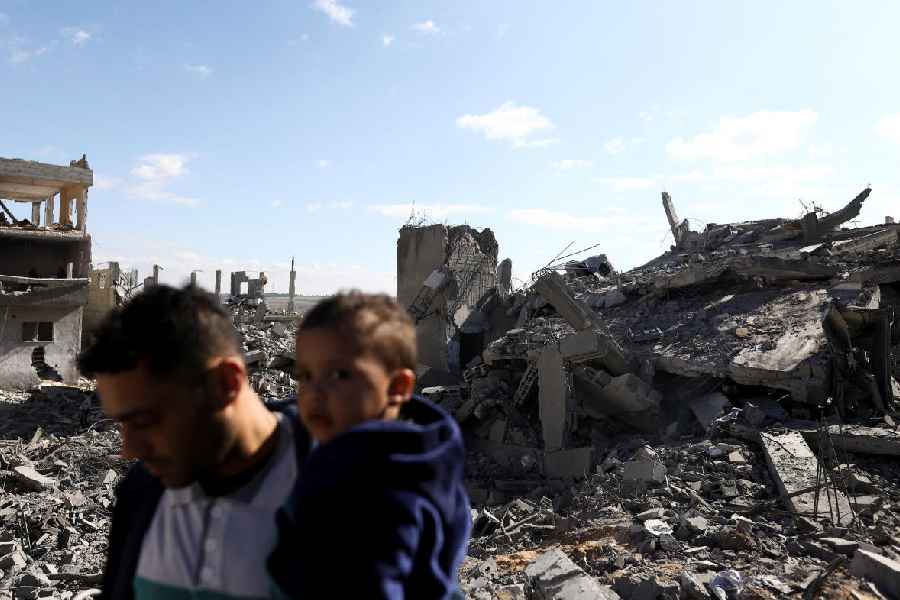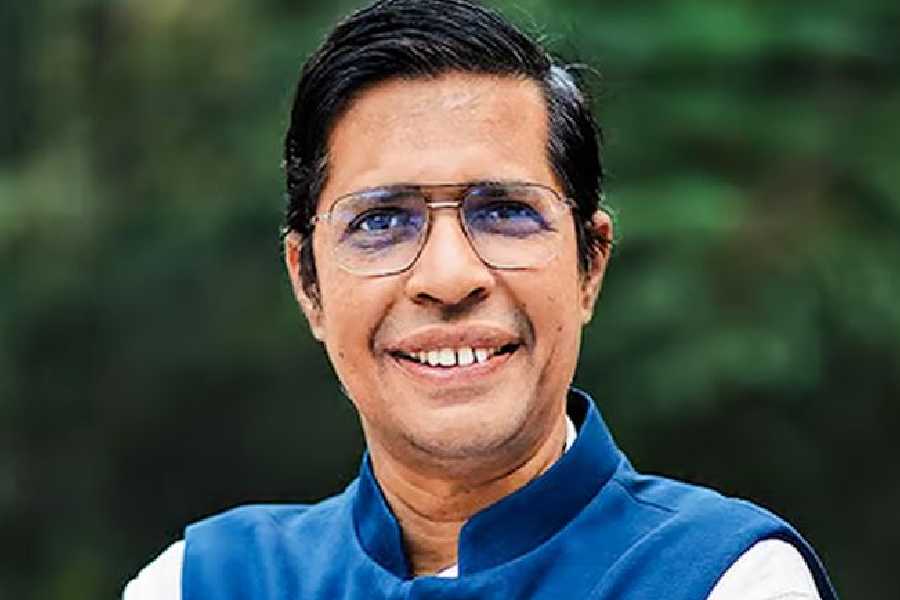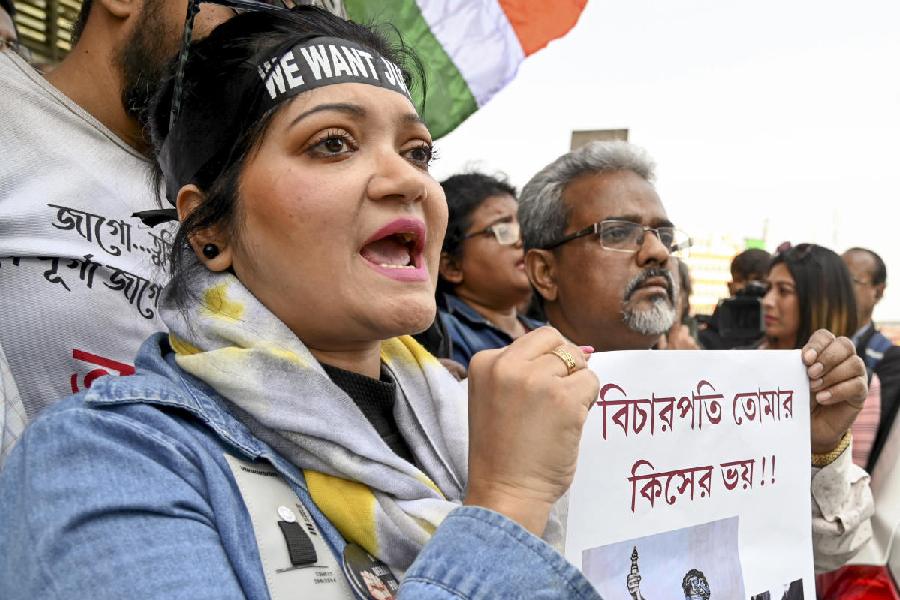 Tuesday, 21 January 2025
Tuesday, 21 January 2025
 Tuesday, 21 January 2025
Tuesday, 21 January 2025
The judge who on Monday sentenced Sanjoy Roy to life imprisonment till death for the rape and murder of the 31-year-old postgraduate trainee doctor of the RG Kar Medical College and Hospital on the night of August 8, 2024 noted in his judgment that the incident shook the nation like the Nagasaki bombing shook the world.
“This 9th day of August is also famous in world history as on that day atom bomb was dropped on Nagasaki, Japan in the year 1945. This incident of 9th August 2024 shook the nation as the incident of 9th August, 1945 shook the world,” additional sessions judge of the Sealdah court, Anirban Das, wrote in his judgment.
Rule of law above public sentiment and the court’s objectivity and impartiality above public opinion or emotional reactions, he underlined.
In his judgment he gave a detailed note of why he did not award the death penalty to Sanjay Roy, the former Kolkata Police civic volunteer convicted for the rape and murder.
“…it would be inappropriate to accede to the prosecution's request for the death penalty. While acknowledging the immense grief and suffering of the victim's parents, for which no sentence can provide complete solace, the court's duty is to pass a sentence that is proportionate, just and in accordance with established legal principles.” Judge Das wrote.
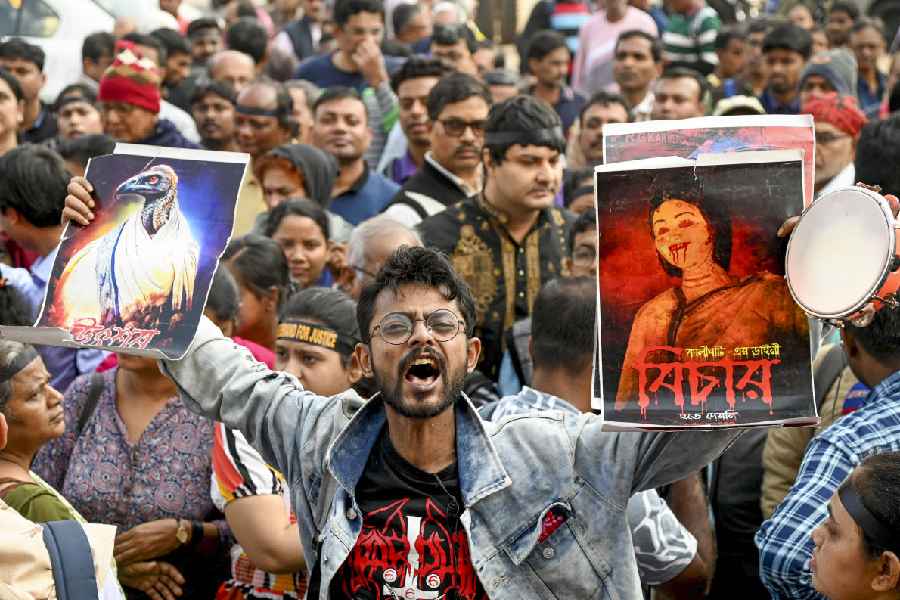
“…the court must consider the rights and circumstances of the accused, as well as the broader implications of its decisions. In this particular case, it is crucial to note that there is no evidence of prior criminal behaviour or misconduct by the convict. In the realm of modern justice, we must rise above the primitive instinct of "an eye for an eye" or “a tooth for a tooth” or “nail for a nail" or “a life for a life."
Here are extracts from the 172-page judgment.
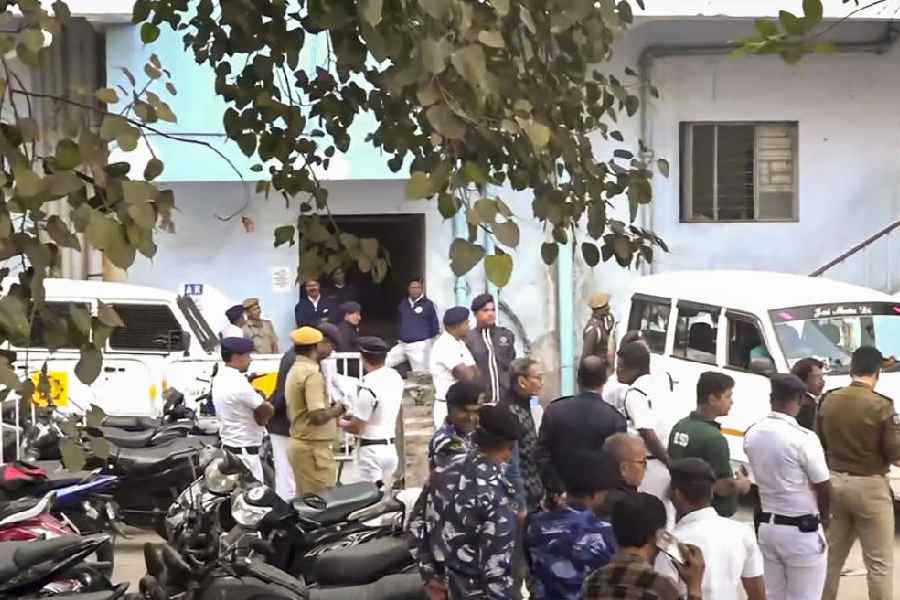
Why not the rarest of rare
Life imprisonment is a rule and death sentence is an exception, the order states, citing Supreme Court directives from several cases including Bachan Singh versus the state of Punjab.
“The extreme penalty of death need not be inflicted except in gravest cases of extreme culpability. (ii) Before opting for the death penalty the circumstances of the ‘offender’ also require to be taken into consideration along with the circumstances of the ‘crime’.
“…Life imprisonment is the rule and death sentence is an exception. In other words death sentence must be imposed only when life imprisonment appears to be an altogether inadequate punishment having regard to the relevant circumstances of the crime, and provided, and only provided, the option to impose sentence of imprisonment for life cannot be conscientiously exercised having regard to the nature and circumstances of the crime and all the relevant circumstances.
“…A balance sheet of aggravating and mitigating circumstances has to be drawn up and in doing so the mitigating circumstances have to be accorded full weightage and a just balance has to be struck between the aggravating and the mitigating circumstances have to be accorded full weightage and a just balance has to be struck between the aggravating and the mitigating circumstances before the option is exercised.”
Referring to another order from the apex court in 2022, the order states, judges should not be bloodthirsty.
Getting back to the case of the young medico’s rape and murder the order states, “Referring to the landmark Bachan Singh case, which established guidelines for imposing the death penalty, it is evident that this case does not meet the stringent criteria for being classified as "rarest of the rare." The Supreme Court has consistently emphasized that the death penalty should be used only in exceptional circumstances where the collective conscience of the community is so shocked that it expects the holders of judicial power to inflict the death penalty. Given these considerations, it would be inappropriate to accede to the prosecution's request for the death penalty. While acknowledging the immense grief and suffering of the victim's parents, for which no sentence can provide complete solace, the court's duty is to pass a sentence that is proportionate, just and in accordance with established legal principles.”
On Sanjoy Roy
“I have no hesitation to hold that the prosecution could establish that this accused was involved in the incident of offence of rape and murder of the victim at RG Kar Medical College and Hospital,” the judge wrote in his order.
The order cited the CCTV footage from the hospital, the post-mortem report, inquest report, chain of circumstances “to establish that the death of the victim was homicidal and was due to the effects of manual strangulation (throttling) associated with smothering and that there was evidence of forceful penetration/insertion in the genitalia of the victim.”
The order also cited the matching of DNA samples, mobile tower location and Roy’s admission that it was him on the CCTV camera.
“The nature of this crime is particularly heinous, characterized by its brutality and the vulnerability of the victim. The act of manual strangulation coupled with smothering indicates a prolonged and deliberate infliction of suffering. The additional element of sexual assault compounds the gravity, reflecting a complete disregard for human dignity and life. The description of the crime as "diabolic" and the victim being "bound to sacrifice herself for the satisfaction of the lust of the convict" emphasises the extreme depravity of the act.”
The prosecution, according to the session’s court, established that the “accused committed throttling associated with smothering which was the proximate cause of death of the victim”.
The order noted that the defence could not establish the presence of any other person when the crime was committed.
On the crime
“In view of the manner in which the offence was committed by the convict, as proved by the prosecution, according to me, one can only say that the action of the convict is barbaric and brutal. The gruesome acts of the convict were diabolic in their conception and cruel in execution.”
On time of death
“It is fact that no particular time of death of the victim was stated by the experts and in reality it is not possible to say such and only a range of time can be stated about the probable time of death.”
On motive: Not pre-meditated, but motive not established
“The question will obviously come about the motive of the accused,” the judge wrote in his order. “It is fact that there was no link between the victim and the accused or that they were known to each other or that there was any type of hostility between them or that the accused was engaged by anyone to murder the said victim. Then the question normally comes in the mind of all why the accused committed such incident.”
“…the accused took entry there and on sudden impulse he had attacked the victim to meet his lust. The victim was obviously not his target or that it was not known to him that the victim was there in the said Seminar Room and the offence committed by him was not pre-planned.”
The judge wrote that he feels “the prosecution case will not face the failure for want of direct evidence about the motive of the convict”.
On questions before the court
“The principle of proportionality is paramount – the punishment must fit the crime.” Reads the order signed by the session’s judge.
The victim was brutally raped and murdered with severe injuries inflicted on her body.
“In cases of extreme brutality and cruelty, where the offence shocks the conscience of society, the argument for the ultimate punishment gains strength. However, this must be balanced against the principles of reformative justice and the sanctity of human life,” the judge wrote in the order.
On security lapses at RG Kar
Referring to two witnesses – both doctors who were examined before the court – the judge noted security lapses in the state-run medical college and hospital, which gave free access to outsiders. One such outsider had sneaked into one of the rooms on the same floor where the victim was murdered.
“…it appears that on the date of incident after taking dinner, while he (a witness and doctor at the same hospital) was on his way to wash his hands, he had noticed that some outsider was sleeping in the Procedure Room, close to the Nursing Station and the person was driven away. This evidence also proves that there was free access of outsiders to any place of the Hospital. This proves that the entry of this accused unnoticed, was not the only occasion.”
Another witness had told the court about a similar instance which was brought to the notice of the college authorities but no action was taken.
“It also took (place) earlier and this shows that there were lapses of security for the doctors specially who conducts duty at night. From the evidence of the (another witness for the prosecution) it came out that prior to this incident, on one night while she was taking rest at the said Seminar Room, one outsider entered there in intoxicated condition and she raised voice. She also deposed that the matter was brought to the notice of the HOD Chest Department but no action was taken.”
On state’s failure
“The failure of institutional safeguards, as stated regarding the hospital authority and the State's inability to provide adequate security, adds another layer of complexity to the case.”
On demolition of seminar room
“The question was raised that by demolishing the room close to the Seminar Room, the vital evidences were destroyed. This point was discussed at length, and it was observed by this court that the CFSL team had examined the debris but did not find any biological materials there and such the apprehension of the complainant bears no value.”
On Sandip Ghosh
“It is very much clear that the then Principal and the MSVP of R.G Kar Hospital were very much aware on getting the intimation from (a witness) that the victim was raped and murdered inside the hospital premises while she was on duty. It is not clear to me as to why the then Principal or the MSVP did not send any official intimation to the police authority about such unnatural death. It is fact that without post-mortem, the cause of death could not be ascertained but being the doctors why they did not consider that the said death was an unnatural one and it was obviously, the duty of the hospital authority to intimate the police. From the evidence as well as the documents proved in this case, it appears that no such intimation was sent to the police authority. The said act of the administrative head of the concerned hospital creates a shadow of doubt about the fact and it seems that they wanted to suppress anything and that there was dereliction of duty on their part.
“From the investigation so far conducted by the Kolkata Police and the CBI, no such evidence of latches on the part of RG Kar Hospital authority came out.”
On evidence tampering
“It was the question before this court from the unfortunate father of the victim that there was tampering of evidence."
“From the evidences on record it appears that the clinching evidences were produced by the prosecution and from the evidences some materials came out regarding the dereliction of duties by the authorities but I did not find any material till now which can attract the provision of S.238 BNS as dereliction of duty and tampering of evidence do not carry same and identical meaning and accordingly, I did not find any reason to apply the power U/S 358 BNSS against any other person(s).”
Tampering of evidence or hiding of evidence is covered under BNS Section 238. Section 358 of the BNSS covers the “power to proceed against other persons appearing to be guilty of offence”.
The judge has added that the investigation is not yet complete.
“Question was placed about seizure of mobile phone of the then Principal of the Hospital. In my view, further investigation has not yet been completed. So till now time has not come to reach to any conclusion on this point.”
